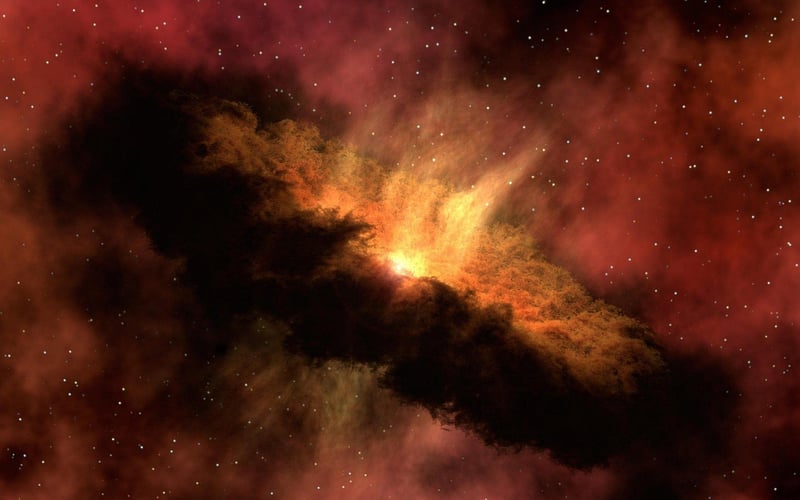Robotic Explorers
The Future of Space Exploration: Innovations in Space Science and Robotic Explorers
Space exploration has always been a captivating endeavor that pushes the boundaries of human knowledge and technology. In recent years, significant advancements in space science and the development of robotic explorers have revolutionized our understanding of the universe. Let's delve into some of the most exciting innovations that are shaping the future of space exploration.
1. Artificial Intelligence in Space Robots
Robotic explorers equipped with artificial intelligence (AI) have become invaluable assets in space missions. AI enables robots to make autonomous decisions, analyze complex data, and adapt to unforeseen challenges in the harsh environments of space. These intelligent robots can perform tasks that would be difficult or dangerous for humans, such as exploring distant planets or asteroids.
2. 3D Printing in Space
The advent of 3D printing technology has transformed space missions by allowing astronauts to manufacture tools, parts, and even entire structures in space. This capability reduces the need to transport everything from Earth and enables more sustainable and cost-effective space exploration. 3D printing has the potential to revolutionize the way we approach long-duration space missions and establish human habitats on other planets.
3. CubeSats: Miniature Satellites for Exploration
CubeSats are small, cube-shaped satellites that have opened up new possibilities for space exploration. These miniature satellites are cost-effective to launch and can be deployed in large numbers to conduct various scientific missions. CubeSats have been instrumental in studying Earth's atmosphere, monitoring space weather, and even exploring other planets in our solar system.
4. Mars Rovers: Pioneering Planetary Exploration
The development of Mars rovers, such as Curiosity and Perseverance, has revolutionized our understanding of the Martian surface. These robotic explorers are equipped with advanced scientific instruments to analyze soil samples, study the geology of Mars, and search for signs of past life. Mars rovers pave the way for future human missions to the Red Planet and demonstrate the capabilities of robotic explorers in extraterrestrial environments.
5. Space Telescopes and Observatories
Space telescopes and observatories, like the Hubble Space Telescope and the James Webb Space Telescope, have provided unprecedented views of the cosmos. These powerful instruments orbiting Earth or stationed in space allow scientists to study distant galaxies, exoplanets, and cosmic phenomena with incredible detail. Space telescopes continue to expand our understanding of the universe and uncover its mysteries.
As we look towards the future, the integration of cutting-edge technologies and innovative approaches will drive the next wave of discoveries in space science. Robotic explorers will continue to play a crucial role in expanding our reach into the cosmos and unlocking the secrets of the universe.
Join us on this exciting journey of exploration and discovery as we push the boundaries of space science and technology!

Explore more about space exploration innovations at NASA Technology
